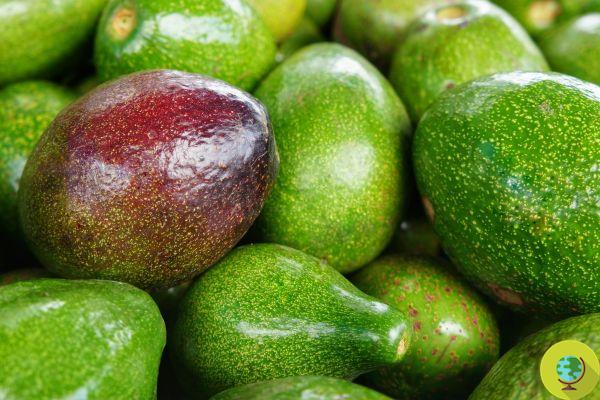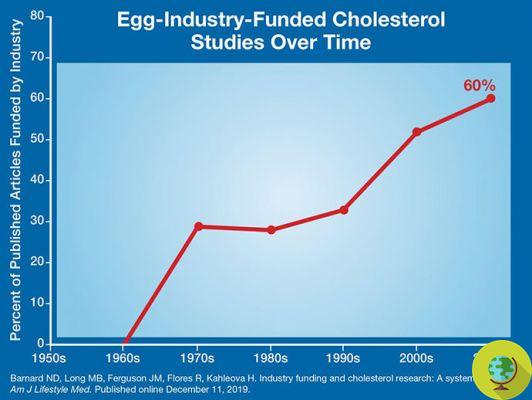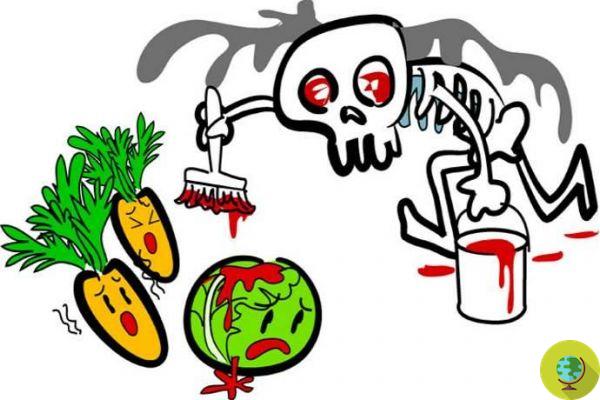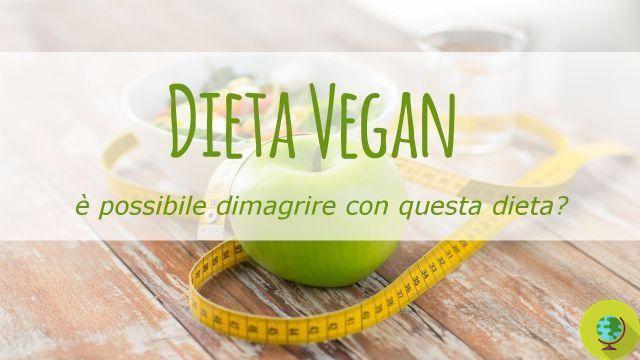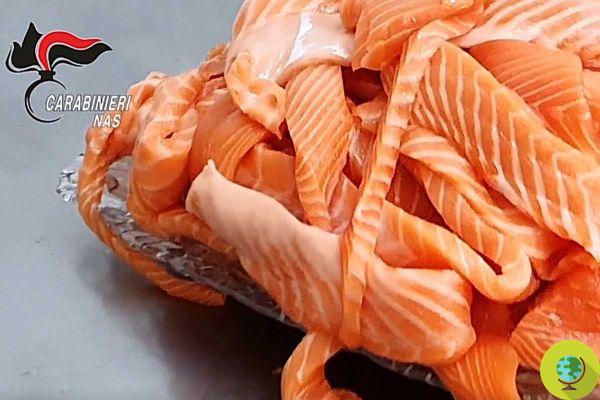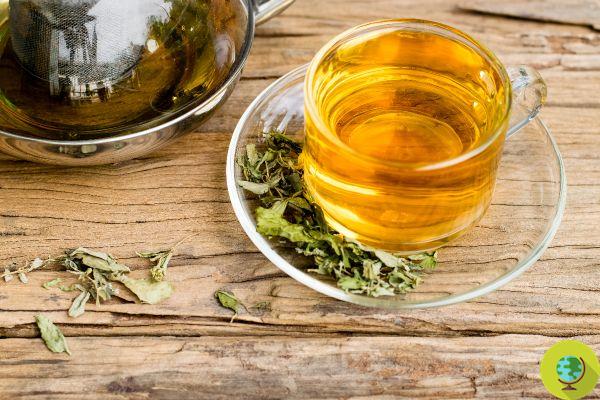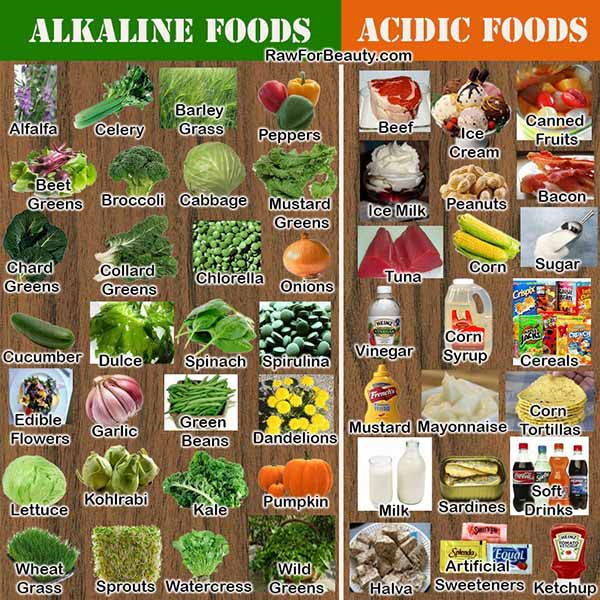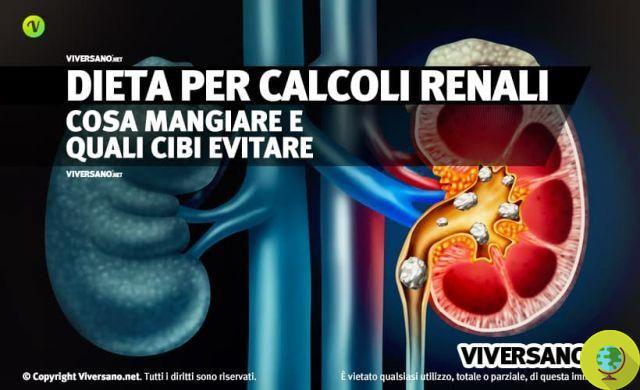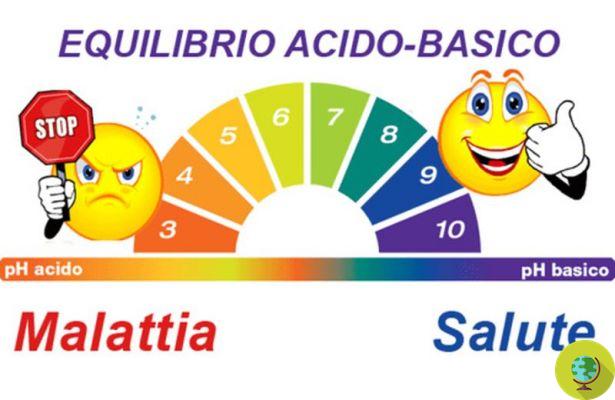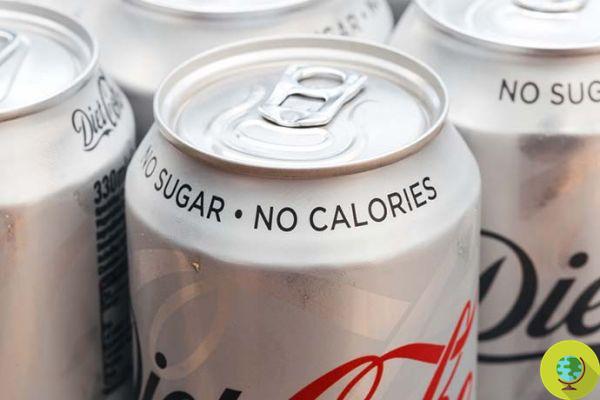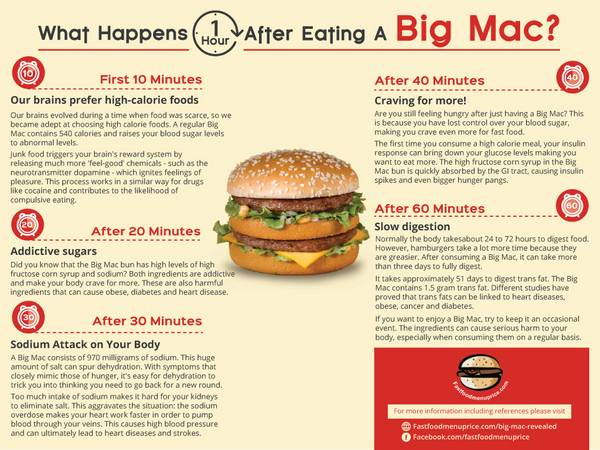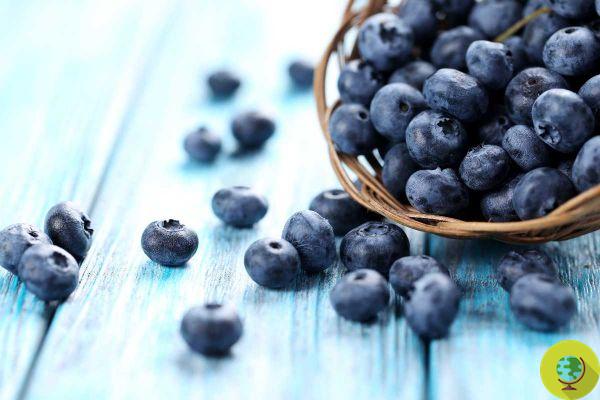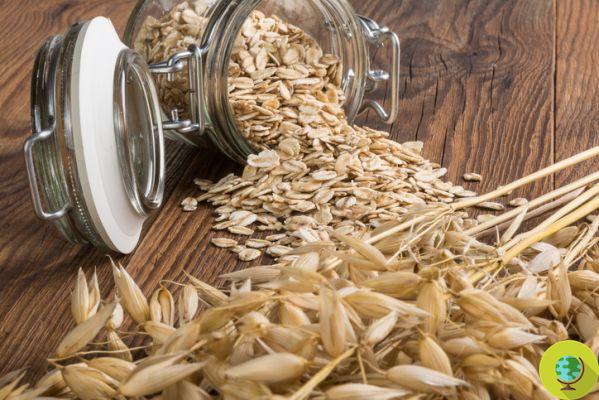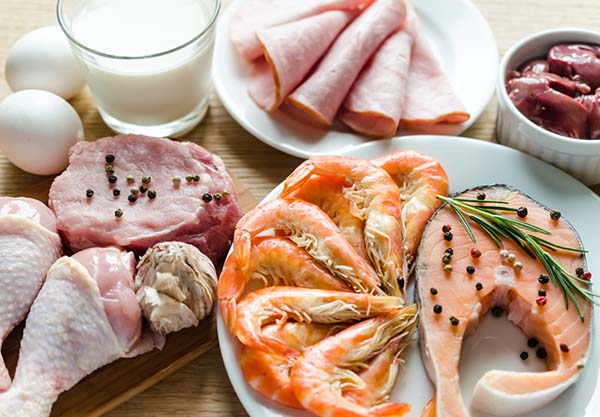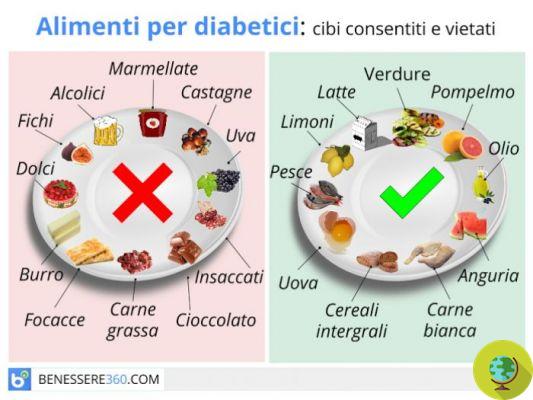Packaged foods are often rich in substances that are best avoided by consuming as much fresh, whole foods as possible. We present 9 harmful ingredients that are not always easy to find on food labels
Don't store avocado like this: it's dangerousReading the labels these days is essential to avoid buying products full of controversial substances such as preservatives, dyes and artificial flavors. As we know, direct consumption through our conscious choices it is a winning weapon for making producers change their strategies (just look at what happened with palm oil).
Unfortunately Packaged foods are often high in substances that are best avoided consuming as much fresh and whole foods as possible and leaving the products elaborated by large food companies on the shelves. Once you start looking at the labels better, you realize that unhealthy ingredients are present almost everywhere.
However, since it is not always possible to do without packaged foods, it is important to at least know which ones, among the many ingredients on the label, they should be absolutely avoided, albeit unfortunately it's not always easy to spot them.
Read also: EDO APP: THE APPLICATION TO KNOW WHAT WE REALLY EAT
Here 8 harmful ingredients that we can find in packaged products (and how to read the labels)
Index
Artificial sweeteners and polioli
Often we read in plain sight about the "sugar-free" product, but this may not be good. In fact, other sweeteners are certainly present, most of the times artificial. Studies have shown that i Artificial sweeteners cause more weight gain than sugar does, raise blood sugar more e they increase the risk of diabetes. Furthermore, research published in the journal Nature 3 has shown that these sweeteners (such as aspartame, acesulfame potassium, sucralose and saccharin) negatively alter the microbiome intestinal, destroying up to 50% of the good bacterial flora as in the case of sucralose (E955).
Read also: ARTIFICIAL SWEETENERS: TO AVOID, THEY RAISE GLUCOSEVegetable oils and trans fats
I grass trans promote inflammation, a problem that underlies most chronic diseases. In the long run, they can pave the way for diseases such as cancer, diabetes and cardiovascular problems. Trans fats can significantly increase the risk of stroke, for example. A 2010 study involving postmenopausal women found a higher incidence of ischemic stroke (+ 30%) among women whose daily trans fat intake was higher.
Fortunately transgrasses have largely been eliminated from most products, however, appeared in their place vegetable oils, found in more elaborate foods such as chips, fried food, biscuits and more. It appears that more than 100 times the amount of vegetable oils consumed in the early 20th century are eaten in the United States today.
The problem is that unlike trans fats, the risks of consuming some vegetable oils remain ignored despite the fact that, once heated, they release some toxic substances such as cyclic aldehydes, which are highly inflammatory and can promote heart disease and Alzheimer's. Among other things, vegetable oils such assoybean oil, canola and corn may have been derived from genetically modified raw materials and be contaminated with glyphosate.
Read also: GLYPHOSATE: TRACES OF POISON IN PASTA AND IN THE FOODS WE EAT EVERY DAY (LE MARCHE)Artificial flavors
When you see the term "artificial flavors" on a label, there is no way to know what it really means. This could mean that there is a naturally aromatic substance or instead a mixture composed of dozens of other substances. For example, the artificial strawberry flavor can contain around 50 different chemical compounds.
The "natural flavor" can also be made with something better not to use. The vanilla flavor, for example, in some cases it is made with the anal secretions of the beaver. But this is not known since the label will always read the most reassuring written "natural aroma".
Some artificial flavors have been shown to create serious health problems. For example, the flavor of butter added to microwave popcorn (diacetyl) has several implications for brain health and can cause a lung disease known as 'pop corn lung'.
Monosodium glutamate
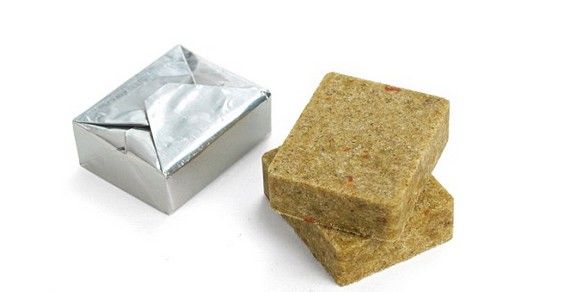
Glutamate is a flavor enhancer often found in Chinese food, but currently also added to a number of other processed food products: from frozen products to condiments, from French fries to meat. It is not always found on the label under the name of monosodium glutamate since it is possible to use dozens of other names that always refer to the same product: glutamic acid, hydrolyzed proteins, yeast extract or other. Part of the problem is that free glutamic acid is the same neurotransmitter that uses the brain, nervous system, eyes, pancreas, and other organs of our body to initiate certain processes within the body. Though the Food and Drug Administration (FDA) continues to argue that consuming this substance does not cause adverse effects, many experts disagree and the matter is very controversial. Glutamate could in fact be linked to obesity, the onset of headaches, fatigue, disorientation, depression, palpitations, numbness and tingling.
Read also: MONOSODIUM GLUTAMATE: 10 REASONS AND WAYS TO AVOID ITArtificial dyes
A 2014 study by Purdue University suggests that children are likely consuming far more food colors than people think. The large variety of common food colors combined with a preservative such as sodium benzoate would make the more hyperactive and distracted children. According to experts, the quantities of dyes, even in a single portion of some foods, would be higher than the levels that could negatively influence the behavior of children as well as trigger allergic reactions. For example it has been seen that, Red #40, which is the most commonly used dye, can accelerate the development of tumors while also triggering hyperactivity in children. Blue # 2, used in sweets and drinks, has been linked to brain tumors while yellow # 5, which is used in baked goods, candies, cereals is also linked to hyperactivity, hypersensitivity and other effects on children's behavior.
Fructose (HFC)
It is often said that fructose is better than sugar, but that is not quite the case. Fructose syrup, especially in the United States, is widely used as it is inexpensive and can be easily added to processed foods to make them more palatable. This sweetener is hidden in so many foods including condiments and baby foods. Fructose is metabolized mainly in the liver, but here it behaves in a very similar way to alcohol, causing metabolic dysfunction and converting to fat.
Read also: SWEETENERS: FRUCTOSE DOES NOT REDUCE SATIENCE AND DOES NOT LOSE WEIGHT
Conservanti (BHA e BHT)
Thanks to preservatives, products that would deteriorate very quickly can instead remain on the shelves of our supermarkets for a very long time, at the expense of our health! There are many on the market, in fact it is a vast category that includes many chemicals. Among the worst there are il BHA e BHT (butylated hydroxytoluene and Butylhydroxytoluene) present for example in chewing gums, whose potential health risks are: appearance of neurological problems, behavioral problems, hormonal problems, metabolic dysfunctions and cancer.
Then there are the TBHQ (tertiary butyl hydroquinone) which can cause nausea and vomiting, asphyxiation, tinnitus, liver toxicity and reproductive dysfunction; the Benzoato di sodium potentially dangerous as it could lead to hyperactivity, asthma, cirrhosis, Parkinson's and cancer; sodium nitrate (present in sausages) accused of promoting colorectal, stomach and pancreatic cancer e azodicarbonamide promoter of asthma and allergies.
GM
We are doing everything to ensure that GMOs do not arrive in our country but unfortunately we can't verify, just by looking on the labels, whether or not certain genetically modified ingredients are present in a particular product. When in doubt, better always buy organic, especially the products most at risk of GMOs such as soy and corn.
Read also: NESTLÉ, PEPSI AND OTHER MULTINATIONAL MULTINATIONALS IN BRAZIL WHY HIDE GMOs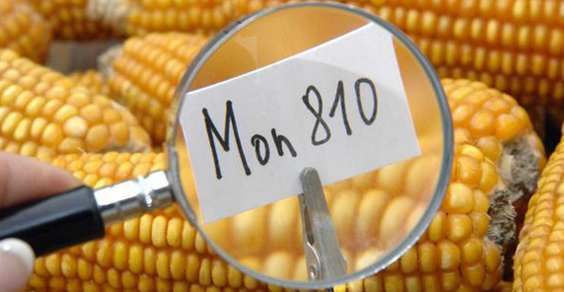
Nitrites and nitrates
Nitrites and nitrates are nitrogen derivatives that are used in different foods as additives. They are often present in cured meats and processed meats where they are useful to speed up the production process, to obtain a homogeneous color and to define the aroma of the product.
Once ingested, nitrites can turn into potentially carcinogenic nitrosamines. Nitrates, basically harmless, can turn into nitrites by coming into contact with bacteria, heat or microorganisms such as those contained in saliva.
These are highly controversial substances and, according to a new analysis published in the International Journal of Epidemiology, nitrites and nitrates found in cured meats and other processed meats are associated with a higher incidence of cancer in their consumers. Read also: Nitrites and nitrates, two slices of ham a day are enough to increase the risk of cancer
How to find them on the label? Generally it is very simple, since their name is reported in full, but sometimes there are abbreviations such as E249 E250 (nitrites) or E251 E252 (nitrates).
Read also:
10 THINGS THE FOOD INDUSTRY WOULD NOT LIKE YOU TO KNOW ABOUT PACKAGED FOODS
10 CANNED FOODS YOU WOULD BE BEST AVOID




